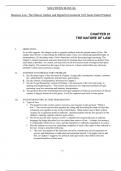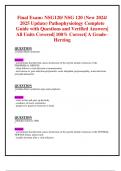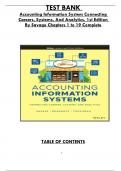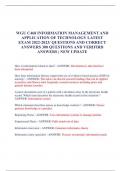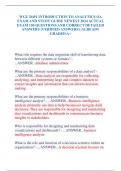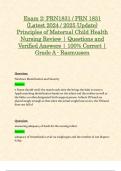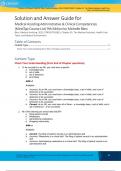Exam (elaborations)
Solutions Manual For Business Law: The Ethical, Global, and Digital Environment, 18th Edition by Jamie Darin Prenkert, James Barnes, Joshua Perry, Todd Haugh, Abbey Stemler.
- Course
- Institution
Solutions Manual Business Law: The Ethical, Global, and Digital Environment, 18th Edition by Jamie Darin Prenkert, James Barnes, Joshua Perry, Todd Haugh, Abbey Stemler. Solutions For Business Law: The Ethical, Global and Digital Environment, 18e Prenkert. ISBN: 9781260736892.
[Show more]
